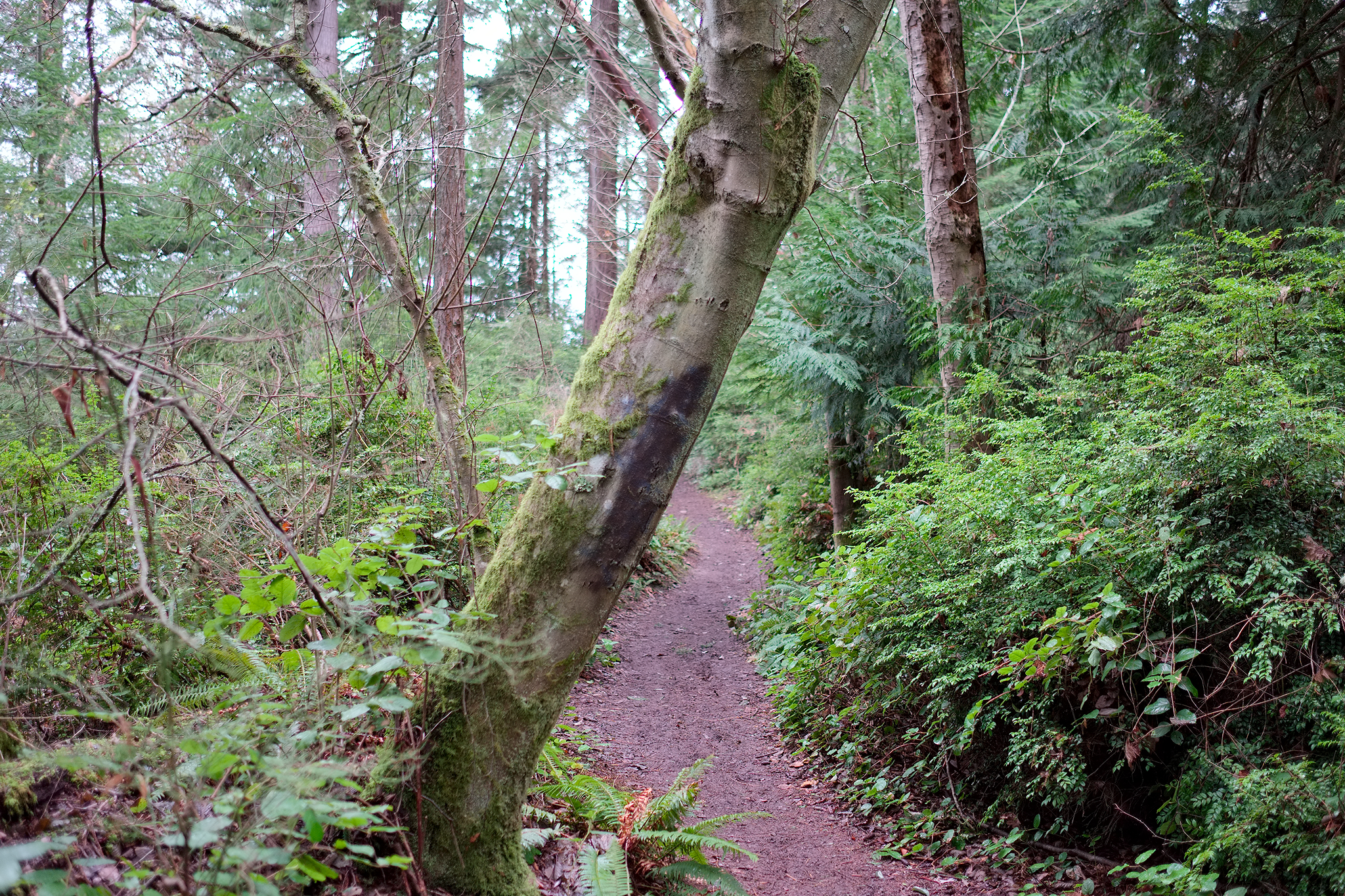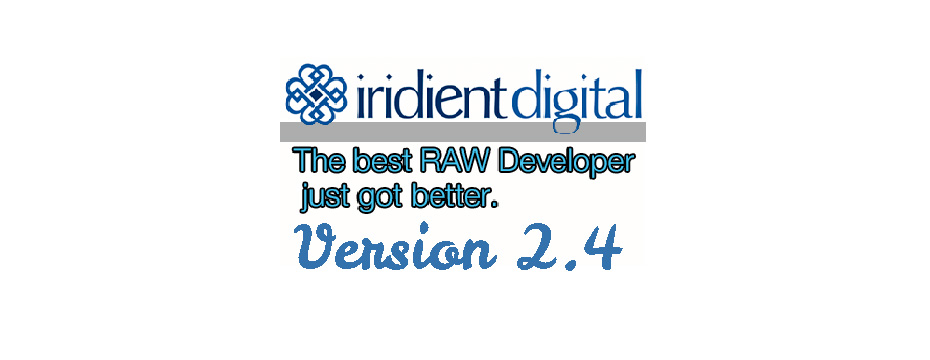
- #Fuji raf iridient developer then lightroom for free#
- #Fuji raf iridient developer then lightroom how to#
- #Fuji raf iridient developer then lightroom software#
- #Fuji raf iridient developer then lightroom iso#
- #Fuji raf iridient developer then lightroom professional#
RAW power: Fujifilm brings RAW video to medium-format GFX 100 - and a new lensįujifilm X100V vs. Fujifilm X-Pro3: A difference in form and function It costs $30 to register the program, which will remove the watermarked outputs.įujifilm X-T4 vs. The demo is fully functional, but will add a watermark to all processed images (originals will, of course, be left untouched).
#Fuji raf iridient developer then lightroom for free#
The Windows beta of Iridient X Transformer is available for free demo, so photographers can try it out and compare results to Adobe Lightroom or other RAW processors. The non-standard color filter array on these sensors adds complexity and requires different processing than sensors found in cameras from other manufacturers.įujifilm says the more complex pattern allows for the removal of the anti-aliasing filter from in front of the sensor - which increases sharpness - without taking the normal penalty of incurring additional aliasing, the false patterns that can show up when photographing fine detail.
#Fuji raf iridient developer then lightroom software#
While the debate surrounding RAW processors is certainly not limited to any one brand of camera, third-party software has a harder time converting files from Fujifilm X Series models that use the company’s unique X-Trans sensors. I much prefer C1’s output, but do miss LR’s ability to cull and sort my photoshoots via my iPad and iPhone.Adobe Lightroom or Iridient Developer for Fuji X-T2 Raw? - in 4k Finally, highlights in C1 seem better handled, resulting in more natural tonal graduations at the top end where LR would produce a more harsh output. I also found Lightroom applied a slight red tint on the floor of some of my woodland shots which C1 made look more natural. LR enhance details works well when needed but results in ridiculous file sizes of around 150 MB. C1 is much better here and I have no problem with noise correction, great detail is retained and out of focus areas result in a nice smooth Bokeh.
#Fuji raf iridient developer then lightroom iso#
I’ve generally found keeping luma noise correction at 0 in LR works best for low ISO images and prefer the noise to the poor correction that LR applies. LR worm issues seem to been caused by the detail slider under sharpening settings, put this to 0 and increase sharpening amount instead seems to fix this, I can even reproduce the worms in my Nikon raw files if I push that slider too far. I haven’t noticed the vignette issue mentioned in this article, however C1 light falloff slider does default to 0, push this up to 100% and in most cases it matches LR’s Lens correction, sometimes I’ve found 80% optimal. Concluding that C1 produced more natural film like images, it’s noise correction and sharpening algorithms are substantially better than LR, though at normal viewing distances it’s not too noticeable. I’ve spent considerable time comparing both C1 and LR for Fuji files. If you purchase it now, or any of our other tutorials, you can save a 15% by using " ARTICLE" at checkout. The content Pye covers will appeal to every level of photographer and will save you an incredible amount of time on your image editing. more specialized tools like Iridient Developer for those really important or.
#Fuji raf iridient developer then lightroom how to#
If you'd like to learn how to use Adobe Lightroom more efficiently on any device, make sure to check out our Mastering Adobe Lightroom course with Pye Jirsa. A year later when Lightroom 6 came out, I left little doubt that Capture. However, with Fujifilm X-Trans cameras, it's clear that Capture One is the better choice. This may also be the case with some Fujifilm APS-C cameras that use a Bayer sensor. After installing the DNG converter copy your X100T RAF files into a directory, open the DNG converter and convert the contents of the directory to DNG. Capture One and Lightroom perform admirably with Fujifilm medium format cameras. If you shoot with medium format cameras such as the GFX 100S and the new GFX 50S II, then the differences are negligible. Essentially, it makes images look like they have high ISO noise, regardless of what ISO they were shot at.

The worming issue creates an unwanted variable for which there doesn't seem to be any reasonable fix. With Fujifilm, there are objective differences that cannot be ignored. There was no clear way to determine a winner because both programs produced great results. With Canon and Sony, the choice between Lightroom and Capture One was entirely down to personal preference.


In this series of articles, we covered Canon, Sony, and now Fujifilm.
#Fuji raf iridient developer then lightroom professional#
If you're a professional photographer, it may be wise to avoid Lightroom and use Capture One instead. If you're creating content for social media, then this may be a forgivable issue. If you're a landscape photographer, you will likely come across this issue in your images. Effectively, this worming issue is going to be a problem if what you photograph contains a lot of green tones, for example, landscape photography, All of the other images tested did not demonstrate any issues. From the images that have been tested over the last month, it seems Lightroom mostly struggles with the color green.


 0 kommentar(er)
0 kommentar(er)
